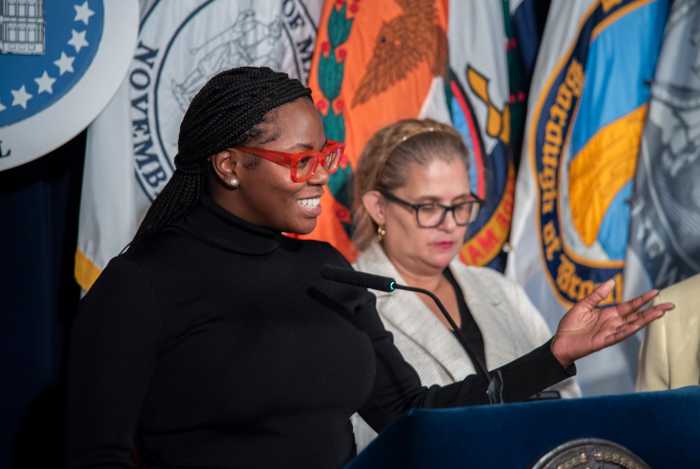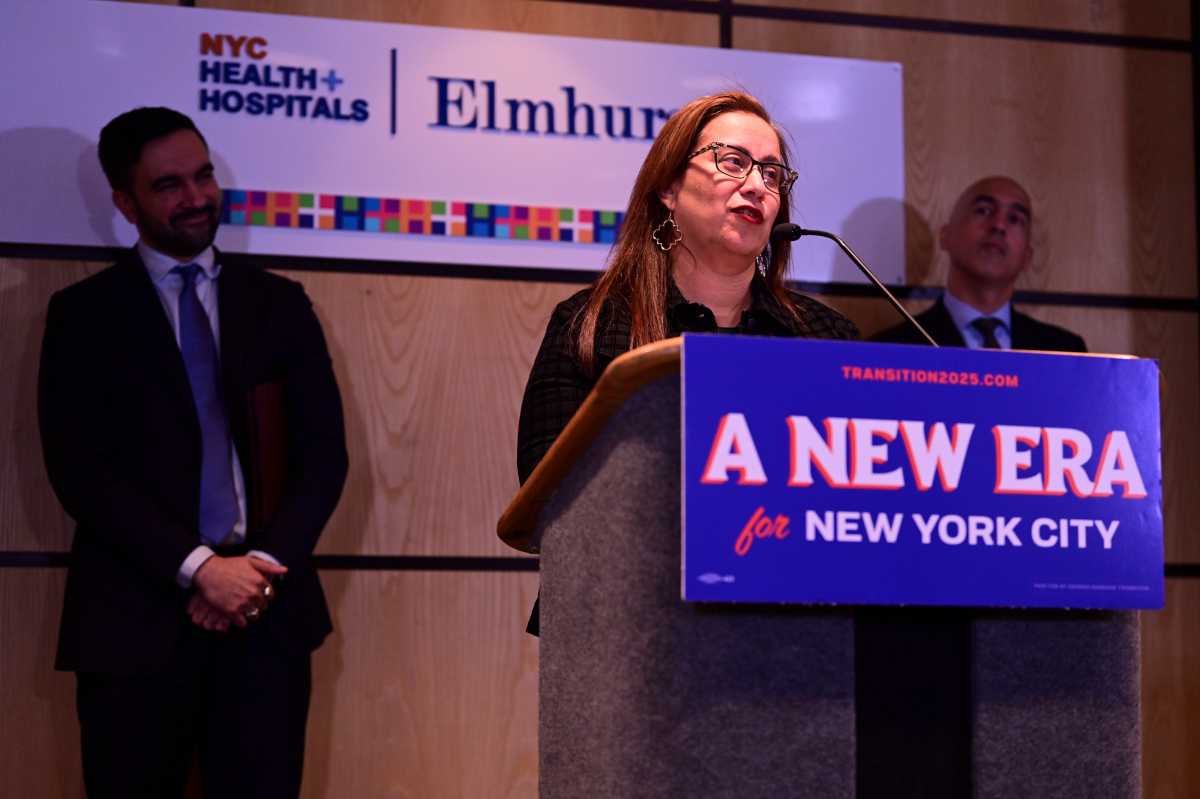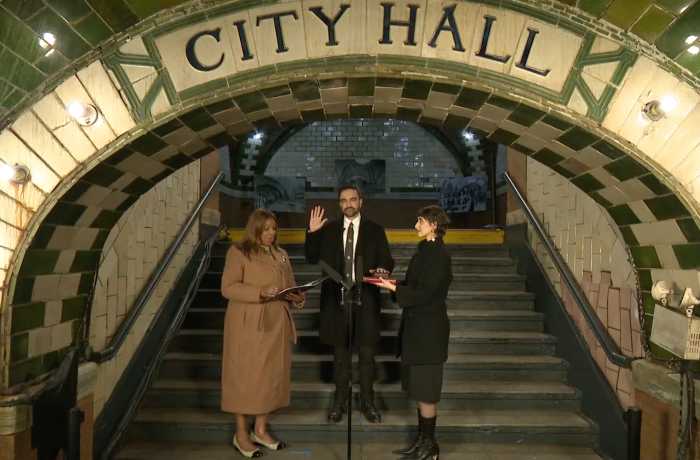The “blue wave” that many pundits predict will happen in the November elections arrived early in Queens last week.
Turnout among registered Democrats in the Sept. 13 gubernatorial primary was 23 percent; while that seems like a rather weak total, it was nonetheless three times higher than the turnout of the last gubernatorial primary in 2014.
That year, just 67,886 Queens Democrats — equal to 9 percent of the 739,114 registered Democrats in the borough — cast a vote in the primary between Governor Andrew Cuomo and law professor Zephyr Teachout. Cuomo won 71.9 percent of the borough’s vote in that primary, and went on to score an easy election that November for a second term in office.
Facing a tougher challenge this year from political activist/actress Cynthia Nixon, Cuomo managed to do even better in Queens, garnering 131,388 votes, or 72.7 percent of the 180,313 ballots cast in the race. Even in defeat, Nixon received 48,902 votes, slightly more than the 2014 primary votes Cuomo received (48,833) and about three times the total Teachout garnered (14,522) in that contest.
Overall, Cuomo enjoyed a successful primary on Sept. 13 in the borough where he was born and raised, winning 17 of the 18 Assembly districts in Queens. His biggest margin of victory came in the 32nd Assembly District, represented by Vivian Cook, covering areas of Jamaica, South Jamaica, Springfield Gardens and Rosedale; 90 percent of primary voters in the district went for Cuomo.
The one Queens district Cuomo didn’t carry also happened to have the highest turnout by percentage in the borough: the 36th Assembly District represented by Aravella Simotas and covering much of Astoria and Long Island City. Nixon won 56.8 percent of the 12,988 votes cast in the Democratic primary there; that total represented 27.2 percent of the 47,664 registered Democrats in the district.
On the flip side, the 38th Assembly District, represented by Mike Miller and covering much of Glendale, Woodhaven, Ozone Park and Richmond Hill, had the lowest Democratic primary turnout by percentage in all of Queens. Just 6,567 of the 38,843 registered Democrats in the district bothered to show up at the polls, accounting for a 16.9 percent turnout.
Further evidence of the turnout surge could be seen in the Democratic primary for the 11th State Senate District between incumbent state Senator Tony Avella and the eventual winner, John Liu. Approximately 23,037 ballots were cast in the race, or 22.4 percent of the 102,974 registered Democrats in the district.
By contrast, only 2,899 votes were cast in the Republican primary, won by Vickie Paladino, for the same state Senate seat; that’s 8.9 percent of the senatorial district’s 32,536 registered Republicans.
But there’s probably no greater sign of a voter resurgence in Queens than in the 30th Assembly District, which includes parts of Astoria, Long Island City, Maspeth, Middle Village, Sunnyside and Woodside. Back in the 2016 primary for the seat, Brian Barnwell upset nine-term Assemblywoman Margaret Markey, but only 2,803 votes were cast in the contest — an 8.1 percent turnout among registered Democratic voters in the area.
This time around, however, Barnwell defeated challenger Melissa Sklarz in a contest in which 8,157 voters participated. That may be only 22.5 percent of the 30th District’s 36,254 registered Democrats, but the vote total itself was nearly four times the number of ballots cast in the 2016 primary.
So what do all these numbers mean? It would appear that Queens is experiencing the same kind of “blue wave” in elections held across the country since Donald Trump became president, in which more motivated Democrats are turning out at the polls.
Certainly, a string of recent political upsets — including the June Congressional primary that saw Alexandria Ocasio-Cortez upset 10-term Congressman Joe Crowley — may have also inspired voters and reinforced the ideas that every vote counts, and no election is decided until the votes are cast and counted.
Even so, a 23 percent turnout at the polls, even for a Democratic primary, is still a far cry from the turnout of the 2016 presidential election in Queens, in which 57.6 percent of all Queens voters participated. There’s still plenty of work to be done to motivate voters of every political persuasion to participate in their democracy.
The Nov. 6 general election will feature statewide contests as well as the U.S. Senate race between incumbent Kirsten Gillibrand and Republican nominee Chele Farley, and all Congressional seats. If you’re not a registered voter, click here to find out how to become one. You have until Oct. 12 to submit your registration in order to participate in this year’s election.
Also, if you plan on being out of town or unable to make it to the polling booth on Election Day, you can request an absentee ballot. Click here to learn more.
Sources: The NYC and NYS Boards of Elections



































